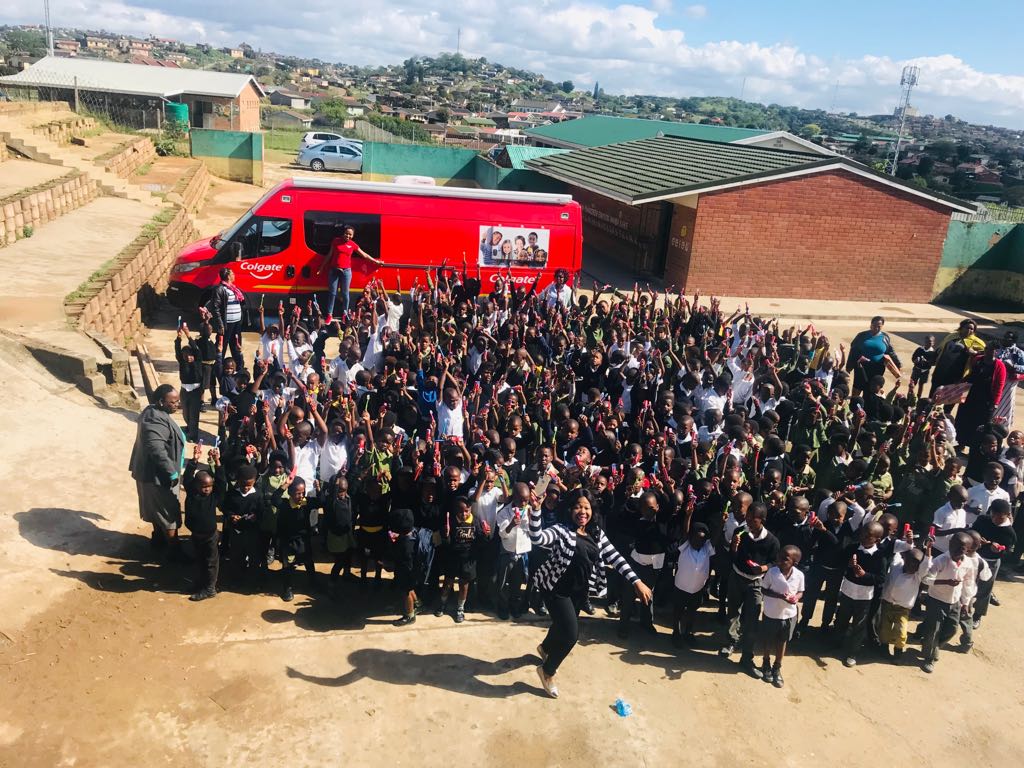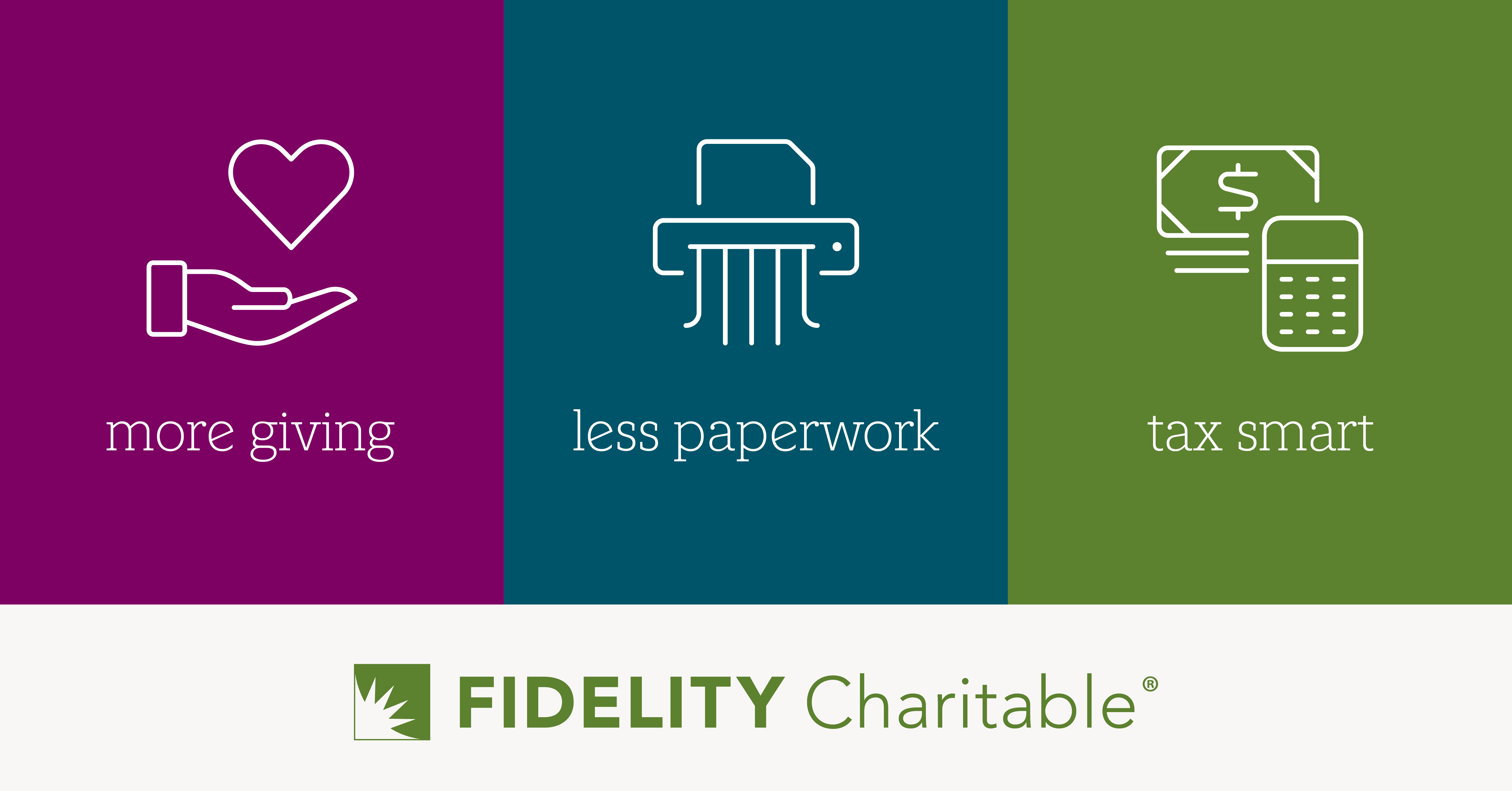Many companies want a shift in culture. Their efforts are usually piecemeal or forced by structural changes. They remove layers, change job descriptions, or make program changes utilizing task forces to address diversity, plan leadership retreats, or conduct culture surveys to find out what people experience and want. Most are short-lived or are deemed to have has a negative effect on the business’s performance.
Since times like these inherently disrupt our familiar thought patterns, destabilization creates fertile ground in which to work on culture change.
But you have to know how to make that work effectively. Luckily, there is a well-tested path.
From 1993-1996, I was honored to help Colgate-Palmolive, South Africa, as well as nineteen of their suppliers and half a dozen of their customers, create a foundational culture shift that was utilized to supported the birth of the New South Africa. The process taught all involved three critical lessons. First, significant disruption is core and helpful to change, but it must be done right to take advantage of it. Second, we have to work as if we are a cultural anthropologist to understand what changes are needed in a culture and how to make that happen. Third, the changes to the culture must be tackled developmentally, not structurally. That is, by avoiding changes to reporting or removing people. Instead, offer education in business understanding, change theory, and a new philosophy of teams. That type of innovation is needed to be successful in the shift in culture. The story of our work provides a template for successful culture change companies still can utilize today.
What’s Possible
In months, rather than years, we were able to accomplish significantly greater cultural change than we ever could have during times of steady social, economic, and political conditions. As a result of our culture changes, we grew the Colgate-Palmolive’s business revenues 35% per quarter – unheard of in a commodity product line. We moved Black Africans into executive and leadership roles in 6 months rather than over five years or even decades that was mandated by the new Constitution, and we developed township governance and entrepreneurship practices creating successful operating institutions in less than a year.
Culture change is easier in conditions that are uncertain. If you follow the right principles and patterns. The shortfalls in most culture change efforts come from not understanding how culture really comes into being or it’s organic, evolving nature.
 All change requires disruption and destabilization of familiar patterns. It can either be self-generated or a shock from the outside like a large scale financial or global health crisis. I have supported both on four continents and fifty countries. The principles are the same. But you have to think like an anthropologist and an educator.
All change requires disruption and destabilization of familiar patterns. It can either be self-generated or a shock from the outside like a large scale financial or global health crisis. I have supported both on four continents and fifty countries. The principles are the same. But you have to think like an anthropologist and an educator.
In Colgate SA, we created a Core team leading the culture change using a profound shift in business strategy commitments as the reference point for direction. I introduced them to the allegory of the anthropologists who would ask a top-line set of four questions with several creative processes to get underneath the initial thinking.
Question 1: What do we currently give status to?
In South Africa, the answer to Question 1 was race. Race was given status for promotion over all other considerations. Only white Africans could lead and this was based on the rigid years of qualifying education required. This needed to change.
Question 2: What do we want to change in that regard?
The new status the core team brought forward was to count life experience as education. As a result, Black Africa leaders who had tribal roles were promoted, and together, we developed an education program that rapidly filled in any shortfalls on business knowledge. A shift in status was soon rapidly changed to the ability to move business and community target outcomes. As a result, the business quickly reached the new constitutional mandate of matching the racial mix of leadership in top tiers with the racial mix of the population, and it achieved record revenue growth in a chaotic and unpredictable market, among social disruption.
Question 3: What is the symbol we rally around currently and serves as our totem?
A Totem is a sacred symbol that depicts who the tribe is and how they came to be who they are.
In Colgate South Africa, the answer to the current totem question had been ‘the Futbol star.’ It kept Black Africans on the pitch in everyone’s mind. The Wise political leader represented a new story and a new totem. It led to forming an alliance with Mandela’s incoming government to set up township councils and build governing capability to lead for the people, lead in part by Colgate’s emerging leaders. They lead from where they lived and worked. Other teams of leaders worked to establish an ‘incubator’ process for women in the townships leading to astoundingly successful tiny businesses.
Question 4: How do we move the changes forward, developmentally?
That was dependent on the education process. That process needed to focus on business development by building business acumen for the new leaders and teams to lead the changes. Additionally, we augmented the education for application to governing skills for the councils, thus creating culture change in the townships
Question 5: What are the recurring rituals we use to lift us up and give direction to our members? Do these rituals give appropriate direction or do we need to create new rituals for new times?
In Colgate SA, the rituals were around controlling people through recognition for following the rules and procedures. These award and recognition rituals implicitly prevented leadership from the ranks. The core team and I worked to create new rituals around each person developing a promise to deliver new capacity in a customer’s distribution system.
Instead, we created a formal developmental infrastructure that mandated that everyone innovate via a self-initiated, self-directed plan. Next, they designed their own celebration around self-determined benchmarks and goalposts. It shifted all the rituals to self-directed, team supported innovation for people who paid the bills, the customer, and away from internal managers being pleased.
The focus shifted from serving management to self-regulated employees driving to change customer’s lives. The customers were the ones who measured the success also, another change in rituals.
Question 6: What is taboo and cannot be spoken about or violated if you want to be a member of this community?
In Colgate SA, it was taboo to ever go over the head or go around a supervisor. This meant that teams were limited by bottlenecks. But there were several consequences and so it took a while to overcome this cultural pattern. The work in the developmental sessions changed this pattern for those directly involved fairly quickly.
The sessions were simultaneous working sessions on real business needs and development sessions on how to do that work differently and at a higher level of effectiveness and creativity. The shared learning and immediate application meant there was no one expert. They got rid of all cascading learning and decision making fairly quickly.
Question 7: Where might we add new taboos?
The new taboo was to ‘never treat anyone as more senior or expert and treat everyone as free to build great business ventures,’ which were reviewed in collaboration with the core team. The core team then confirmed the strategy alignment and funding fit.
Summary
As the Colgate SA example shows, disruption can be used to elevate the future of your business. To do so, one must overcome the tendency to react from fear and consciously challenge old patterns. Change can be more than “adapting”: change should be intentional and with direction.
Every culture change must answer these seven questions. While uncertainty is with us, these questions, and answering them, initiates culture change. They lead to a tested and proven path for culture change as anthropologists have demonstrated for hundreds of years.
Read further on the Colgate culture change in Europe and Africa in Carol’s books The Responsible Business: Reimaging Sustainability and Success, and No More Feedback: Cultivate Consciousness at Work.







